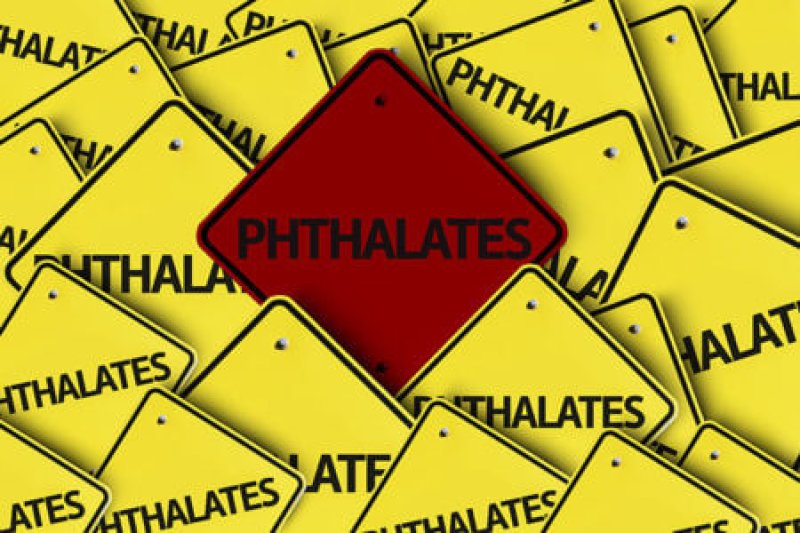I’ve written in the past about the tendency of some researchers to compensate for weak study design or small sample size by over-hyping their research findings, particularly with the news media.
Unfortunately, we seem to have another case in point with a recent publication, entitled “Phthalates and attributable mortality: A Population-based longitudinal study and cost analysis.”
The paper was published on-line on October 12 and was accompanied by a press release from NYU Langone Health, which later that day was amplified by a CNN article by an author who has, knowingly or not, helped to exacerbate this problem.
For those who are unfamiliar with phthalates they are a family of structurally related, but functionally and toxicologically diverse, chemicals that are added to plastics that are used in a multitude of consumer and industrial products.
They can be found in a range of everyday items consumers depend on to function properly, including food packaging, personal care products, medical devices, electrical cables, automobile interiors, flexible hoses, flooring, wall coverings, coated textiles, luggage, sports equipment, roofing membranes, pool liners and footwear.
…
The lead author of this new study on phthalates, Dr. Leonardo Trasande, and his colleagues’ findings are provocative, but their recommended policy actions are extreme and unwarranted from the available data or the overall weight of the evidence available in the broader scientific literature. The authors reported finding increased mortality rates from all causes of death combined in relation to high molecular weight (HMW) phthalate metabolites, especially those of one type of phthalate, Di-2-ethylhexylphthalate (DEHP).
…
Making numerous assumptions, including the most outrageous one, that the associations they found are indeed casual ones, Trasande et al then estimated that phthalates are responsible for causing about 100,000 deaths in the U.S. each year and more than $40 billion in annual lost productivity.
…
No single observational epidemiology study, especially the first one to report a new association, is capable of establishing a cause and effect relationship between a putative risk factor and disease. This new study by Trasande et al is no exception.































